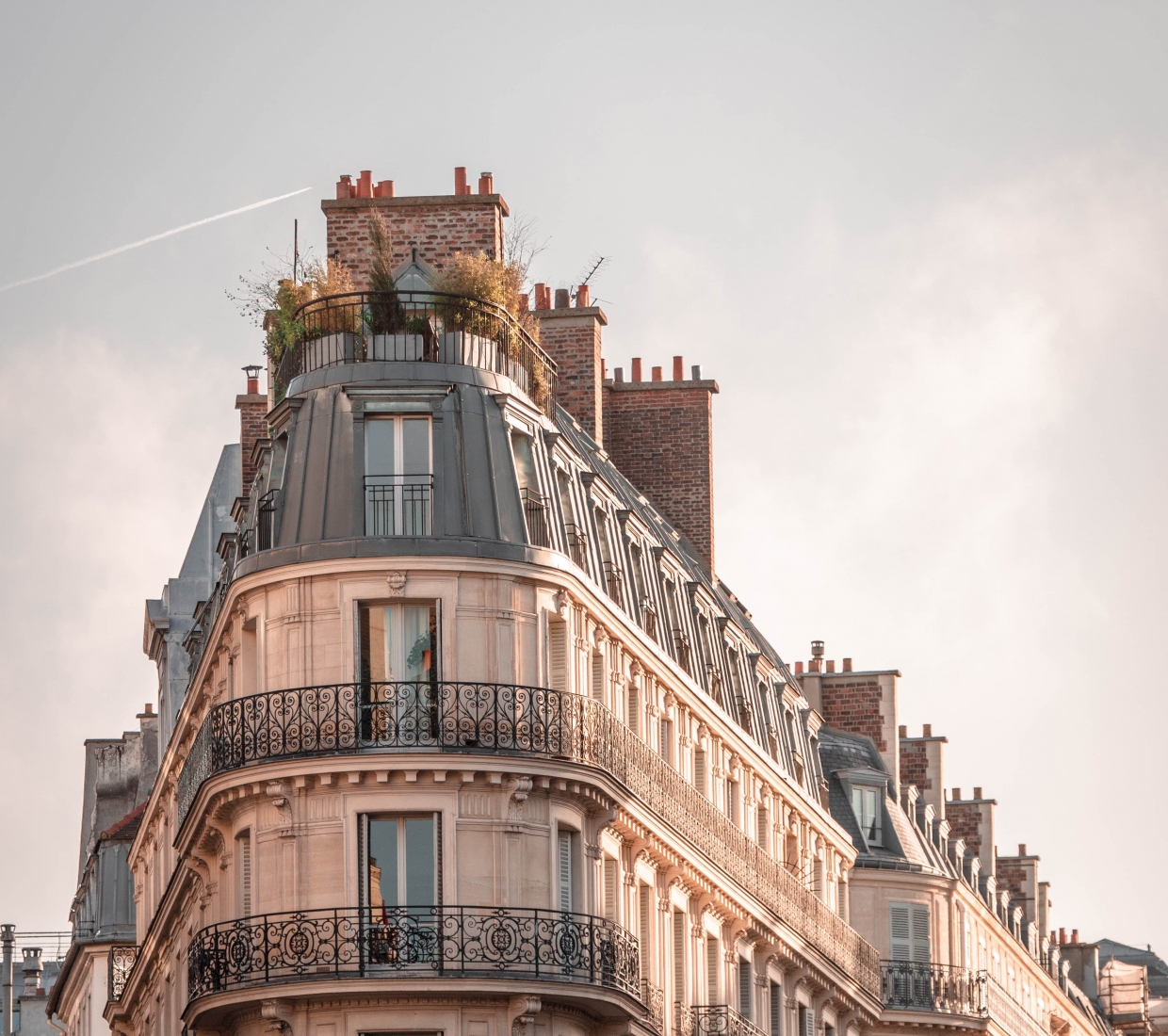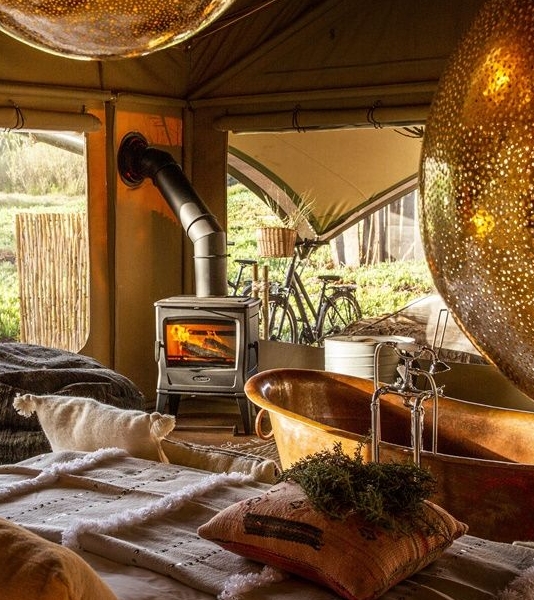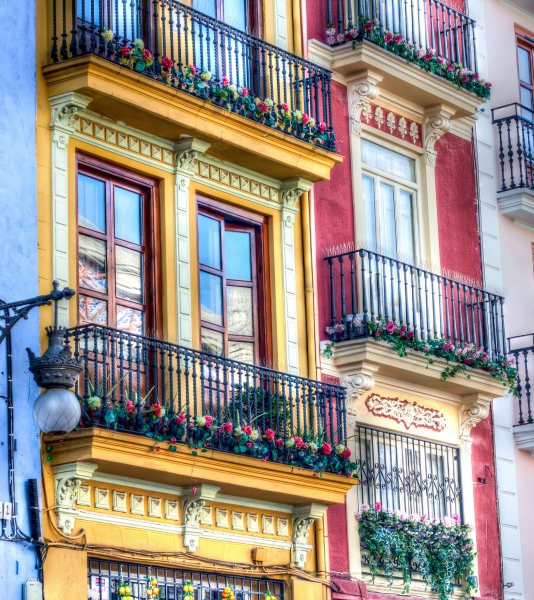Where to stay in Paris
Found the right location? - Great, now all you need is the perfect hotel to start your holiday. We will be happy to advise you or you can use our guide of the best hotels in Paris with a carefully compiled selection of particularly beautiful and authentic hotels in Paris. If you are looking for a small, family-style hotel, then one of our boutique hotels in Paris is sure to be the right choice. The rooms in the hotels in Paris are never very large, but stylishly furnished with attention to detail. If you want to be pampered and feel completely at home, then take a look at our list of beautiful luxury hotels in Paris. There you will find our collection of the best hotels in Paris that will caress you with elegance and luxury.
But you can also holiday in Paris in style on a budget. Just take a look at our hand-picked selection of small budget accommodation in Paris.
Paris city guide: where to stay
Paris seems like a big movie set and is probably one of the most exciting cities in the world. Stagnation is a foreign word here, the city bubbles with creativity and power, constantly reinvents itself - and yet manages to retain its incomparable identity. As a city of culture with a rich historical and artistic heritage, Paris attracts more than 25 million people from all over the world every year with its monuments, gourmet cuisine and lifestyle. If you get dizzy from all the sightseeing and shopping, you're sure to find relaxation in one of Paris' 435 parks and gardens. Or take a seat in one of the countless street cafés and watch the legendary Parisians stroll around.
The 20 arrondissements, or districts, in Paris are structured like a snail and wind their way from the city centre to the outskirts. Generally, the smaller the number, the closer to the centre and the more affluent the area. So if you're overwhelmed and don't know where to stay in Paris, here's a little guide:
The Seine flows through the 20 arrondissements, dividing Paris into areas on the left and on the right. On the left are the railway stations Montparnasse, 14th arrondissement, and Gare d’Austerlitz, 13th arrondissement. The area is not particularly beautiful, but it is cheaper. If you move more towards the centre, you come to the cute Saint Germain district, 6th arrondissement, which presents typical Paris as you know it from the movies. Small bars and cafés, cute boutiques and numerous flower and book shops can be found here, spreading a wonderful French flair. Right next door is the Latin Quarter with the elite Sorbonne University. The mixture of the oldest buildings in the city and the young influence of the students makes the fifth arrondissement something very special. The two quarters are very touristy in high season, but they stand out for being one of the best locations to discover the city. The Pantheon, Notre Dame and the Pont Neuf, which connects the left and right sides, are all within a few minutes' walk. Upstream, you come to the seventh and thus most famous arrondissement. This is where the Eiffel Tower is located - restaurants and cafés here have higher prices, but you dine surrounded by impressive and symbolic buildings. There is also a wide range of luxury brands and fashion boutiques where you can dress up in Parisian chic style.
And there are many world-famous museums. From the Place de la Concorde to the Louvre and the Centre Pompidou, the first and second arrondissements are adjacent to Le Marais, the third arrondissement. The Jewish quarter is bursting with creative energy and young dynamism. Colourful, lively and en vogue – with fewer tourist and yet there is always something going on! Around the Place de la République you will find the hippest bars and trendiest shops of the locals. There are public dance events, skateboarding areas and lots of street musicians. The exuberant atmosphere invites you to have a picnic on the Saint Martin canal in summer and is definitely a wonderful place to stay. The more secluded 16th and 17th arrondissements are beautiful residential areas. Luxurious villas and private schools line up here and it is probably the safest part of Paris. A trip to Passy is worthwhile if only because almost half of Paris' museums and embassies are located here. It also takes you directly to the Bois de Boulogne, one of the largest city parks in the world, which you should have visited if you are staying in Paris for more than just a weekend. The 18th arrondissement, Montmartre, is probably the most popular district for the French and is often referred to as the artists' quarter, as many famous artists used to live here and there are still some studios to be found today. A little outside and secluded from the hustle and bustle of the city centre, you can relax in beautiful parks in Montmatre and at the same time discover impressive works of art, such as the Sacre Coeur and many other attractions around the Place du Terre. You will also find some nice hotels here, not far from the Gare de l'Est and Gare du Nord stations.
What to do in Paris, the city of light
The capital of France is one of the most visited cities in Europe. Its unexplainable beauty and the essence of its cobbled streets make it an idyllic holiday destination. Ideal for a romantic getaway or a cultural summer, the "city of light" has a lot to offer. It has a large number of sights of great touristic interest.
Let's start with the Eiffel Tower, the city's emblem and undoubtedly its most famous monument. It is a source of national pride and is truly impressive to admire from the surrounding streets. The "old lady", always vigilant, keeps watch at night, lighting the way for travellers who decide to enter this city full of magic and romanticism.
We cannot forget the Champs Elysées, the largest avenue in Paris and home to the Arc de Triomphe, another of Paris' most famous monuments. The city's cosmopolitan and lively neighbourhoods will delight those who like to lose themselves in streets full of mystery and charm. From the Latin Quarter to the Montmartre district, via the Montparnasse district and the Marais district, they all have a different essence that makes them unique. Authentic gems in the heart of Paris.
You can't leave this city if you haven't had a delicious, steaming coffee in one of its many squares. The Place de la Concorde, located in the heart of Paris and dominated by the Luxor obelisk, and the Place de la Bastille are two of the city's most important squares.
Paris is also home to important religious buildings of great architectural value such as "La Sainte Chapelle", Notre Dame Cathedral and the Sacré Coeur Basilica.
The city is also known for its artistic gems. Paris has a wealth of museums, perfect for a cultural getaway. The most famous are the Louvre Museum, the Musée d'Orsay, the Centre National d'Art et Culture Georges Pompidou and the Musée de l'Orangerie.
If you're looking for an oasis of peace wherever you go, you'll find hundreds of them in Paris. Its many parks and gardens offer a break from the hustle and bustle of the streets. Unwind in the Parc de la Villete and discover nature at its most beautiful in the Parc de Bagatelle.
Paris is the fashion capital for many reasons. The sophistication and class of the Parisian people is just one of the reasons. The city has countless boutiques and fashion houses that can fulfil the dreams of even the most enthusiastic shopaholics.
Paris and its gastronomy
The richness of Paris does not end with its countless valuable architectural ensembles, its gardens or its museums. The other major reason to visit is the Parisian gastronomy, known for its variety and quality. It is the result of an interesting mix of cultures. You can find any type of cuisine in Paris, but the traditional French dishes are especially worth trying. The smell of freshly baked croissants and baguettes is hard to escape in Paris and is therefore a must for any holiday in France! There is also a distinction between boulangerie, bakeries for bread and pastries, and patisserie, for pastries such as the “mille feuilles” and the typical macaron. There are the brasseries, a mixture of fast bistro and fine dining, which could be compared to inns and pubs, i.e. serving drinks and food for immediate consumption. In the evening, be sure to visit one of the chic restaurants that offer a delicious selection of "cuisine française".
The main ingredients are meat, dairy products, vegetables and seafood, which are superbly combined to make delicious dishes. In fact, Paris is also known for its large culinary variety, which makes the city the perfect destination for a culinary getaway. The wines, the cheeses – the most famous being the Camembert, even though a lot of other delightful ones such as the Roquefort, the goat cheese and the Brie cheese are also to be found here, the bread and the classical “baguettes”, the sweet “brioches” or the timeless “croissant” form a small part of the numerous culinary delights that Paris has to offer. Don't hesitate to try them all, it's totally worth it!
The region´s typical most famous and delicious meals are culinary jewels and should be tasted at any occasion. Among them, the eternal “Foie gras”; the “Coq au vin”, a dish cooked with chicken, wine, vegetables and spices; the special “moules-frites”, mussels served with fries; the tasty “tapenade”, a paste made of olives; and of course the well-known “escargots”, snails served with garlic and herbs butter.
The fine and exquisite French pastries are also one of the greatest treats that the French Cuisine has to offer. The famous French “crêpes” are simply delicious and can be eaten all over the world. The same can be said about the “macarons”: in Paris, you can find some in every colour and taste.
As for opening hours, most restaurants are open for lunch from 12:00 to 14:30 and for dinner from 19:00 to 22:00.
In Paris, tipping is included in the price of services, so it is not compulsory to leave an additional tip. However, if you are satisfied with the service and wish to leave a tip, it is common to leave between 5% and 10% of the total bill. It is also common to round the total amount to the nearest whole number. It is important to note that some cafés and restaurants may charge an additional fee for terrace seating or service, in which case it will be specified on the bill.
A typical breakfast in Paris usually consists of a hot drink such as coffee or tea, a freshly baked croissant and a piece of baguette with butter and jam. It is also common to include fresh orange juice and yoghurt. Scrambled eggs or an "omelette" are also sometimes available as an option in some cafés and restaurants. Parisians often enjoy their breakfast in a local café while reading the newspaper or chatting with friends.ste.
Our collections
Don’t know where to go? Let our collections inspire you.








